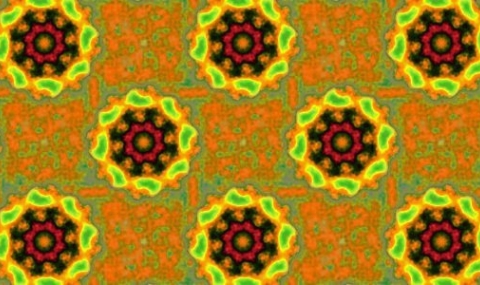The living cell separates its molecular components among numerous organelles. Most prominent is the nucleus, which encloses the chromatin and where synthesis of oligonucleic acids occurs. Communication between the nucleus and the cytoplasm takes place at the nuclear envelope, a double membraned structure perforated by large protein channels known as the nuclear pores. Through these channels the cell is able not only to pass but to concentrate specific proteins inside, or outside, of the nucleus. Biochemically the major players are a family of receptor proteins and a small GTPase, Ran.
We try to understand the transport system thermodynamically, based on quantitative experiments and mathematical models that remain as simple as possible - but no more. This understanding has important implications for cellular physiology, as well as for design of artificial biomimetic systems for molecular separation based on the biological paradigm.
Linked references
- Kopito RB, Elbaum M. (2007) Reversibility in nucleocytoplasmic transport. Proc Nat Acad Sci USA 104: 12743–12748
- Caspi Y, Zbaida D, Cohen H, Elbaum M (2008) Synthetic Mimic of Selective Transport Through the Nuclear Pore Complex. Nano Letters 8: 3728-34.
- Caspi Y, Zbaida D, Cohen H, Elbaum M. (2009) Anomalous Diffusion of High Molecular Weight Polyisopropylacrylamide in Nanopores. Macromolecules 42: 760-76.
- Kopito RB, Elbaum M. (2009) Nucleocytoplasmic transport: a thermodynamic mechanism. HFSP J. 3: 130-141.
- Kim S, Elbaum M. (2013) A simple kinetic model with explicit predictions for nuclear transport. Biophys J. 105:565-9.
- Kim S, Elbaum M. (2013) Enzymatically driven transport: a kinetic theory for nuclear export. Biophys J. 105:1997-2005.



